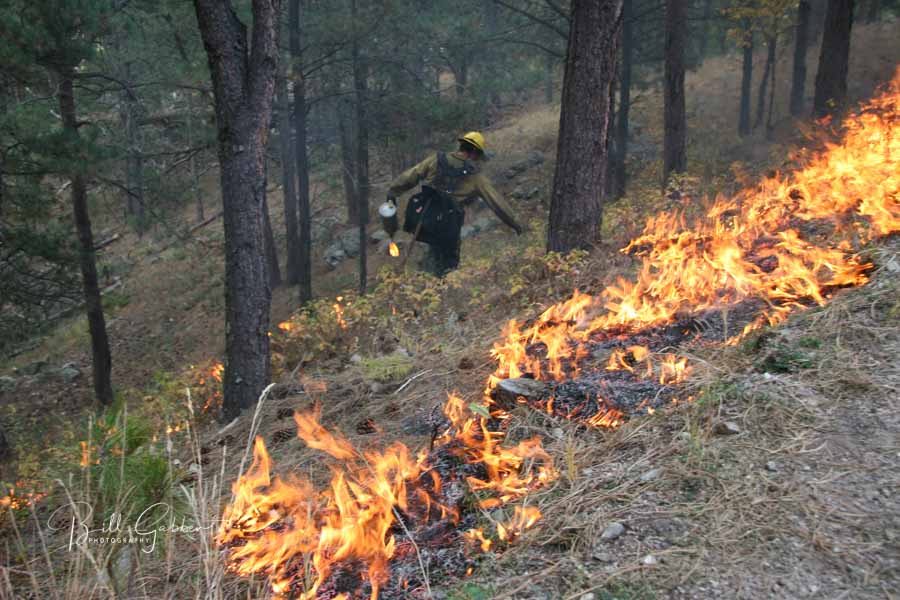
Making the case for prescribed fire
Prescribed fire is a valuable tool used to restore forest health, increase firefighter safety, and better protect nearby human resources in fire-adapted landscapes.
News and opinion about wildland fire
Prescribed fire is a valuable tool used to restore forest health, increase firefighter safety, and better protect nearby human resources in fire-adapted landscapes.
In a comment on the earlier post about the Hot-Dry-Windy Index (HDW), Brian Potter, a research meteorologist with the U.S. Forest Service, offered to provide some preliminary results looking at how HDW performed during the 2017 Chetco Bar Fire in Oregon, as well as how the Haines index performed during that fire.
The HDW is a new tool developed for firefighters to predict weather conditions which can affect the spread of wildfires. It is described as being very simple and only considers the atmospheric factors of heat, moisture, and wind.
Mr. Potter has provided three figures showing the weather indices computed from the National Weather Service’s NAM model analyses. Because they use a different model from the HDW website, he does not have historic percentile values for HDW, but they are illustrative, nonetheless. These are preliminary data and have not been through peer review or evaluation.
Here is a graph of HDW values compared to growth on the Chetco Bar Fire: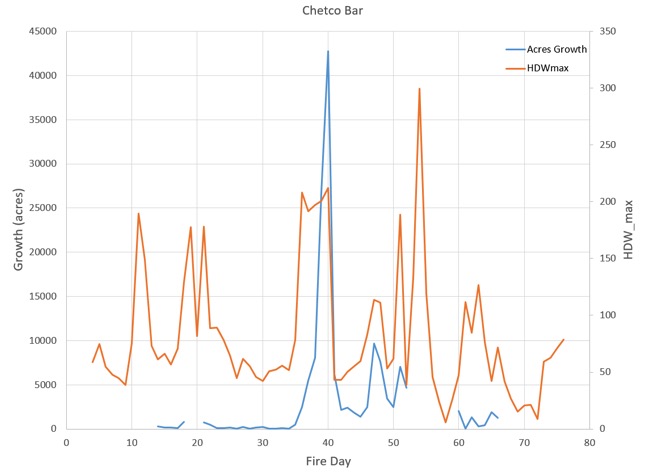
Here are the Haines Index values for the mid-elevation version of the Index:
And the high elevation version of the Haines Index:
Mr. Potter said he has some thoughts about the graphs, but is interested in hearing what others take away from them.
The Chetco Bar Fire in southwest Oregon started July 12, 2017 and burned over 191,000 acres.
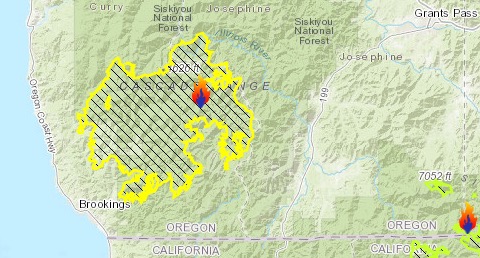
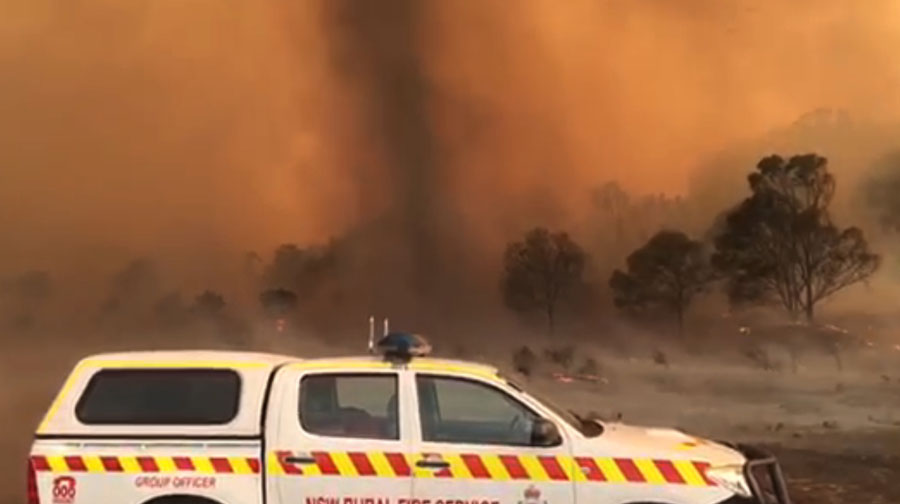
This video, below, of extreme fire behavior was posted by Shane Fitzsimmons, the Commissioner of the New South Wales Rural Fire Service in Australia. It shows a fire whirl, sometimes incorrectly called a fire tornado. Fire tornados exist, but they are much, much larger and can last for up to an hour or so and average 100 to 1,000 feet in diameter with rotational velocities up to 90 MPH.
Video taken yesterday by Group Captain Andrew Macdonald, with the Macarthur Strike Team, whilst patroling a back burn on the Wallangarra Fire.
Shows just how challengeing some of the fireline conditions are for crews working in the very dry, hot and windy conditions. #NSWRFS pic.twitter.com/IZA4crCg9j— Shane Fitzsimmons (@RFSCommissioner) February 19, 2019
The blaze destroyed five homes and burned 13,000 acres near Idyllwild, California in July, 2018
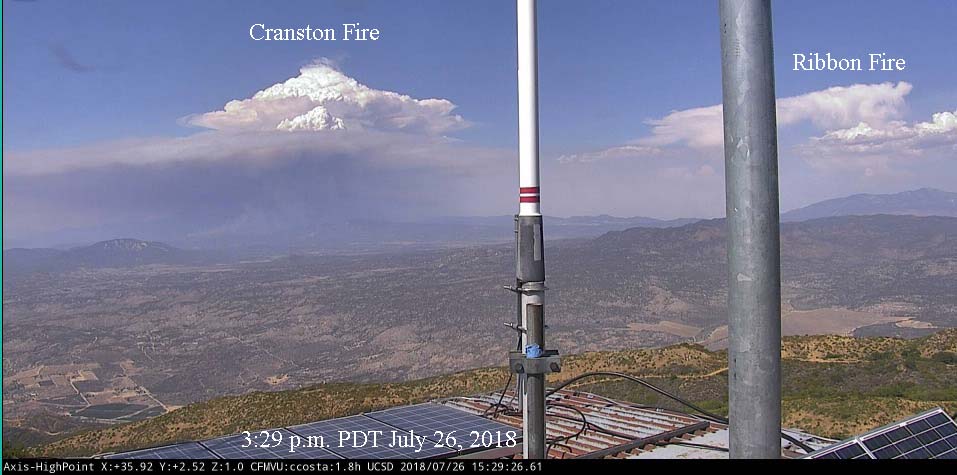
On Thursday a judge sentenced a man to 12 years and four months in prison for intentionally starting the Cranston Fire near Idyllwild, California on July 25, 2018. Brandon McGlover pleaded guilty to two felony counts of burning a structure or forest land. Judge Kelly Hansen also ordered him to pay restitution to the victims.
The fire destroyed five homes and burned 13,000 acres.

Mr. McGlover was arrested the same day the fire started after witnesses saw him start multiple fires. One of the witnesses followed him and provided a description of the vehicle to law enforcement.
He was originally charged with 15 felonies, on allegations that he also set eight other fires two days before he ignited the Cranston fire. Prosecutors and the judge allowed him to plead guilty to two charges and then sentenced him to the maximum allowed, 12 years and four months in prison.
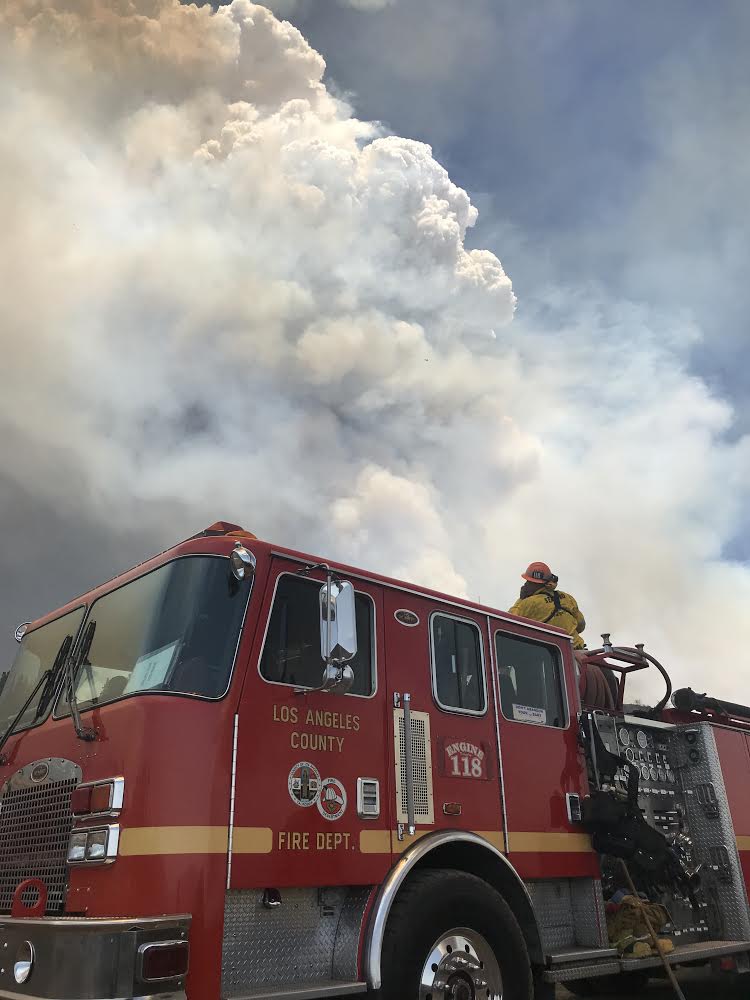
It is burning in both Queensland and New South Wales, Australia
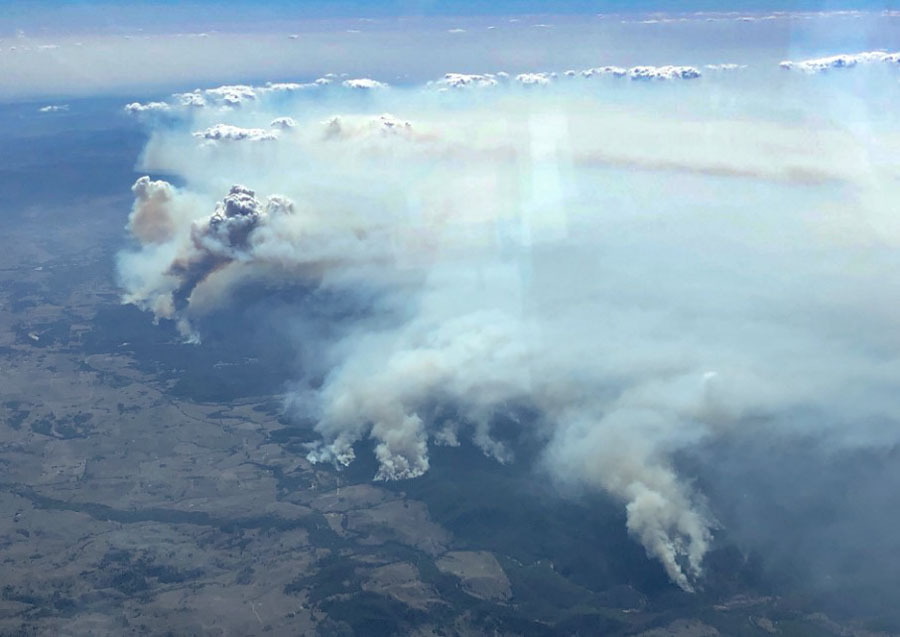
A very large bushfire has burned at least 43,800ha (108,232 acres) in Queensland and New South Wales in Australia. Smoke from the fire is affecting Wallangarra, Tenterfield, Stanthorpe, and Jennings.
At 8:55 a.m. local time on February 19 the New South Wales Rural Fire Service reported that the fire continues to burn west of the Bruxner Highway in the Girraween, Bald Rock, Boonoo areas.
Most activity overnight was on the southwest side of the fire near Sunnyside, on the northwestern side of the fire in Girraween National Park (Queensland), north of Wallangarra, and on the southeast side near the Bruxner Highway.
During the night crews conducted backburning operations which increased the fire activity and the production of smoke. This smoke is likely to settle around the areas of Tenterfield, Jennings, Wallangarra and Stanthorpe (QLD), but will begin to clear late Tuesday morning.
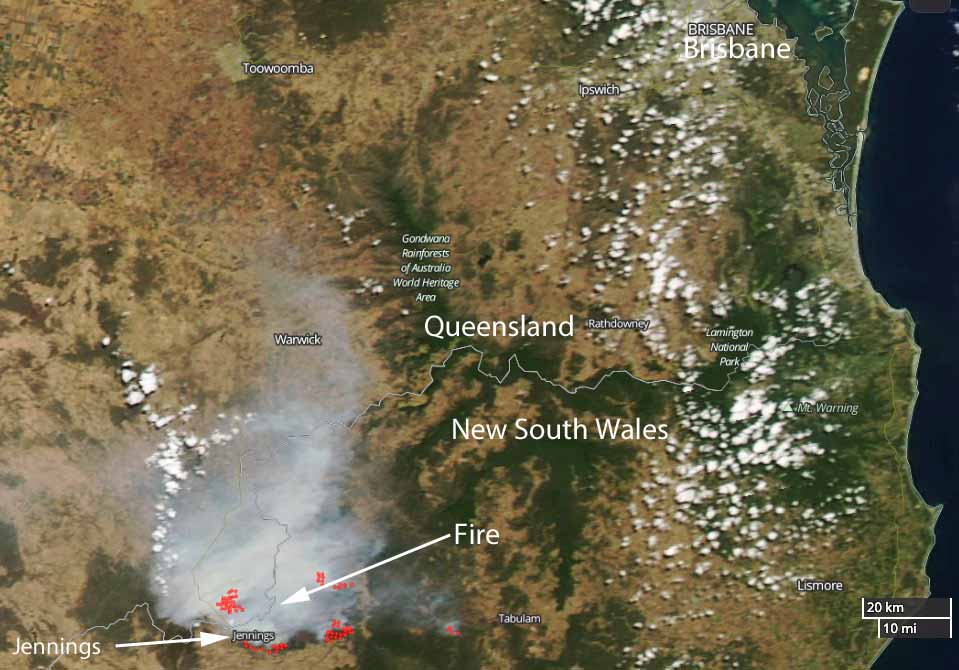
Firefighters are currently undertaking backburning on the Wallangarra fireground. These burns will extend onto the Bruxner Hwy this afternoon. As a result the Highway will be closed between #Tenterfield and #Tabulam from 5pm. #NSWRFS pic.twitter.com/iI7FRHcyDA
— NSW RFS (@NSWRFS) February 18, 2019
CAL FIRE officers attached a GPS tracking device to the suspect’s car
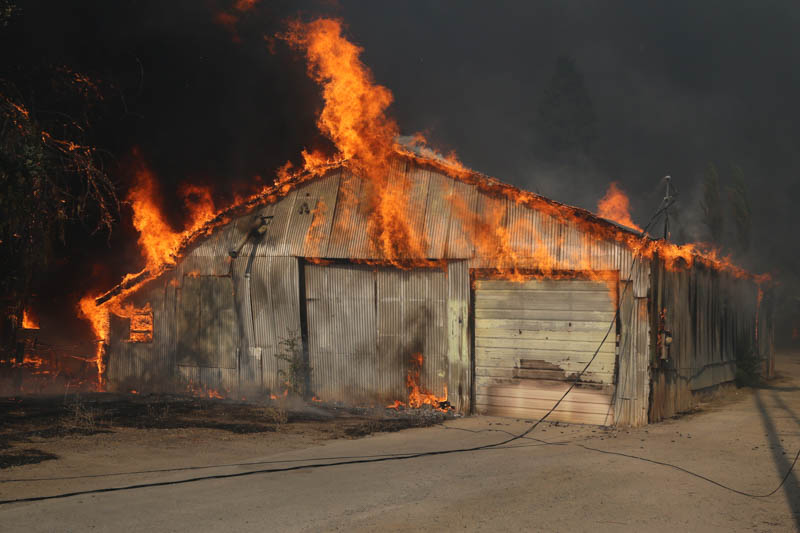 Firefighters from CAL FIRE attempt to save a structure on the Clayton Fire. Photo by Mike Forster.
Firefighters from CAL FIRE attempt to save a structure on the Clayton Fire. Photo by Mike Forster.Lake County residents who were under evacuation orders while the Clayton Fire was still burning were surprised when County Sheriff Brian Martin and CAL FIRE Chief Ken Pimlott announced that a suspect had been arrested for starting that fire and 15 others. The Chief disclosed the information during a public meeting about the fire on August 15, 2016, two days after it started. The blaze eventually destroyed 300 structures in Lower Lake, California and burned more than 3,900 acres. Damin Anthony Pashilk was charged with 20 felonies. Bail was set at $5 million.
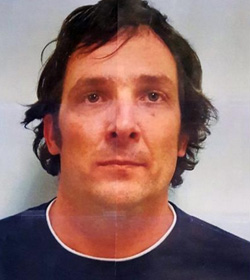 Damin Anthony Pashilk. Photo: Lake County Sheriff’s Office.
Damin Anthony Pashilk. Photo: Lake County Sheriff’s Office.In a preliminary hearing that began last week it was revealed that CAL FIRE law enforcement officers had Mr. Pashilk, previously convicted of arson, under surveillance for more than a year. He was followed by multiple officers with the aid of a GPS tracking device attached to Mr. Pashilk’s car. At times they were miles behind his car but were able to follow him as they observed his location on a real-time map.
The details of the surveillance discussed during the hearing as reported by Elizabeth Larson of the the Lake County News read like a detective novel. Below is an excerpt from the article:
On Aug. 13, 2016, [CAL FIRE Forester Damon] Denman – like [CAL FIRE Battalion Chief John] Schnaidt – was conducting mobile surveillance of Pashilk, both following him in his vehicle and using the data from the GPS tracker that had been reinstalled on the Chrysler the previous day.
He had started following the Chrysler as it traveled north on Highway 29 toward Lower Lake just after 4:30 p.m. Denman estimated he was about two to three miles behind the Chrysler when he saw the icon for the vehicle on the GPS tracker signal that it had turned onto Clayton Creek Road’s north entrance a few minutes before 5 p.m. and driven in about a quarter mile before turning around, returning to Highway 29 and continuing north.
Shortly after the Chrysler left, Denman turned onto Clayton Creek Road and drove about 1,000 feet. As he came around a corner he saw a fire on the lefthand side – or the east side – of the road, approximately 15 feet in diameter, burning in thigh high grass.
“It was burning aggressively,” Denman said, explaining that he pulled over and reported it to 911. Schnaidt pulled up behind him and marked the edges of the fire [with four very large metal washers].